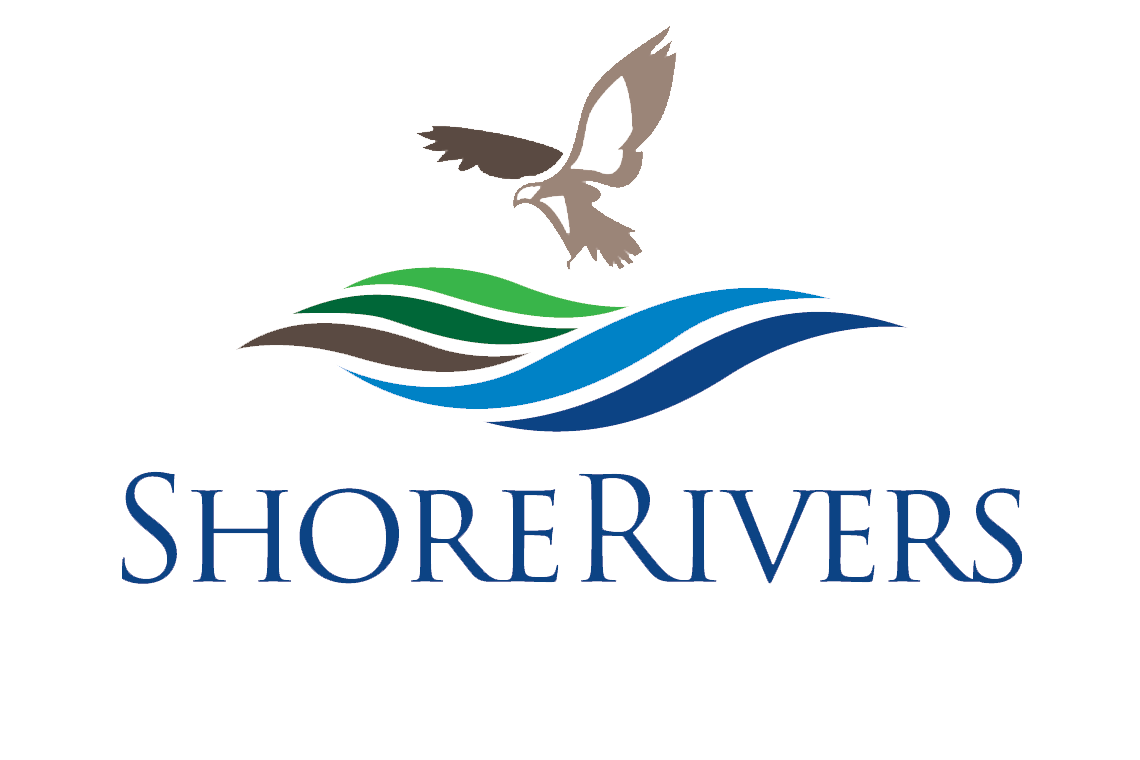ShoreRivers is pleased to announce another successful community outreach partnership. ShoreRivers teamed up with Josh Newmier, a high school student and member of Boy Scout Troop 190, to recruit oyster gardeners on the Choptank River and encourage more restaurants to recycle oyster shells. In the fall, Newmier approached ShoreRivers about an Eagle Scout project that would be meaningful and improve our local environment. After discussing the important role that oysters play by filtering water in rivers, and learning about the major challenges that the current oyster population faces, Josh decided to be a part of restoring the Choptank’s oyster population.
“Growing up on the Eastern Shore and hearing about the abundance of oysters 50 to 100 years ago as compared to now, motivated me to choose a project related to oyster restoration,” Newmier recounts.
Wasting no time, he began identifying and educating property owners and boat slip renters about the benefits of oyster gardening. As a result, 23 new oyster gardeners, including the J.M. Clayton Company, joined the Marylanders Grow Oysters (MGO) program. These new growers are currently growing over 12,000 baby oysters (spat) that will be transplanted to sanctuaries in spring 2019.
But the Boy Scout didn’t stop there! Knowing how important oyster shells are to restoration, while so many of them are discarded, Newmier recruited local restaurants to recycle their oyster shells. Every week, Newmier and his fellow scouts collect residual shells from participating restaurants—including Talbot Country Club, Snappers, Portside, Canvasback, and Jimmy & Sooks—and take them to shell recycling stations at Easton Point and Horn Point in Cambridge. From there, the shells go to the hatchery where they become substrate for spat used by the next season’s oyster gardeners. In a win-win scenario, Newmier has received a State of Maryland DNR Shell Recycling Collector certificate, which allows him to submit reports that qualify businesses to claim tax credits for recycling oyster shell.
“I think the first step in the oyster restoration process is awareness,” Newmier says. “Hopefully by engaging the community, we will help advance the process to recovery.”
Choptank Riverkeeper Matt Pluta oversaw the project. “It’s great to see young people taking initiative like this. According to a recently released oyster stock assessment, there has been a 50% reduction in the Chesapeake oyster population since 1999. If we’re serious about cleaning up the Choptank, it’s going to take concerted efforts from every level.”
For more information about ShoreRivers’ Marylander’s Grow Oysters program, contact Rebecca Murphy at rmurphy@shorerivers.org or 443.385.0511.

